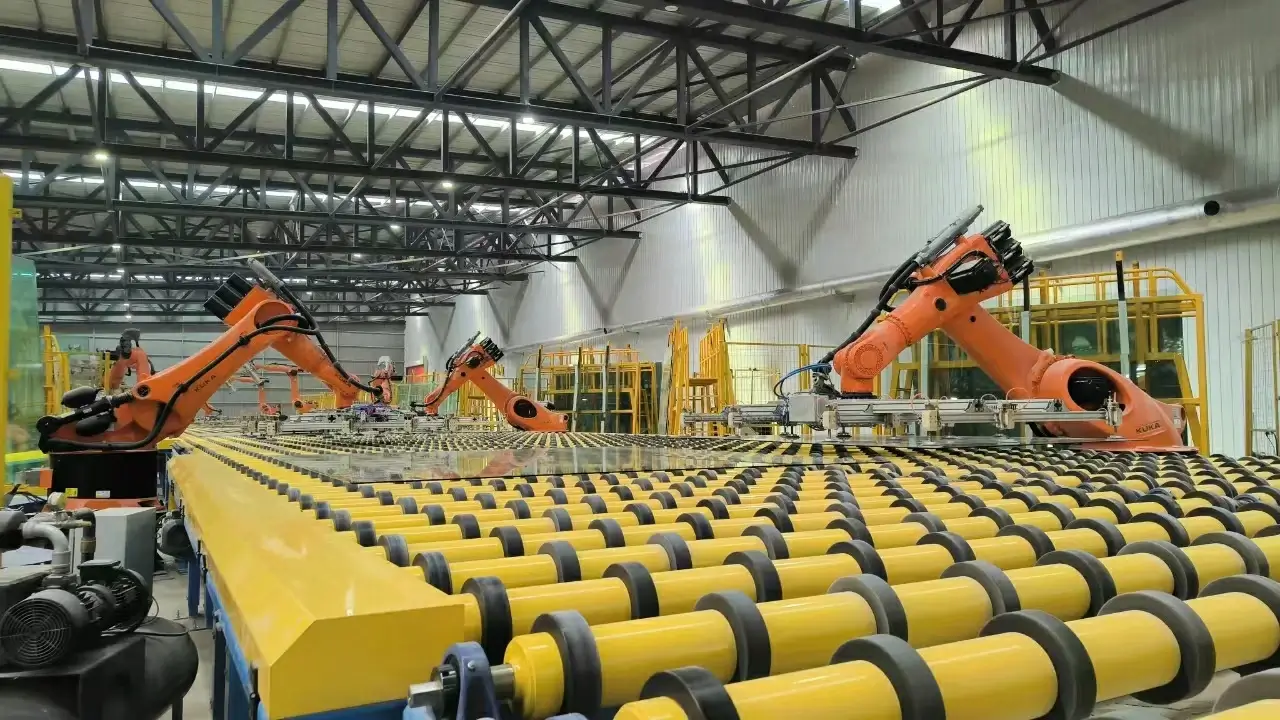

The Benefits of Low-E Glass Enhancing Energy Efficiency and Comfort
In the quest for energy efficiency and sustainability, low-emissivity (Low-E) glass has emerged as a groundbreaking solution in modern architecture. This innovative glass technology is designed to minimize the amount of infrared and ultraviolet light that can pass through it without compromising the amount of natural light that enters a building. As a result, Low-E glass plays a significant role in energy conservation, comfort, and environmental responsibility.
What is Low-E Glass?
Low-E glass is coated with a microscopically thin layer of metallic oxide, which serves as a barrier to heat transfer. This coating reflects infrared energy, thus keeping heat inside during the winter months and deflecting it outside during the summer. This characteristic allows buildings to maintain a stable indoor temperature regardless of external weather conditions, leading to substantial energy savings.
Energy Efficiency
One of the primary advantages of Low-E glass is its remarkable energy efficiency. Buildings equipped with this type of glass can significantly reduce their heating and cooling costs. According to various studies, incorporating Low-E glass into building designs can decrease energy consumption by up to 30-50%. This reduction is particularly vital in regions with extreme temperatures, where maintaining a comfortable indoor environment can be costly.
Moreover, the use of Low-E glass complements other energy-efficient practices, such as improved insulation and smart HVAC systems. By reducing the strain on heating and cooling systems, Low-E glass helps in extending their lifespan, ultimately leading to further savings on maintenance and replacement costs.
Comfort and Aesthetics

Beyond energy savings, Low-E glass enhances the overall comfort of indoor spaces. By regulating temperature and minimizing drafts, occupants can enjoy a more consistent and pleasant environment. Furthermore, Low-E glass limits glare caused by direct sunlight, making it easier to work and relax without straining the eyes.
Aesthetically, Low-E glass maintains the clarity and quality of natural light. Unlike traditional tinted windows, which can create a darker interior, Low-E glass allows ample sunlight to illuminate spaces while reducing harmful UV rays that can fade furnishings and décor. This balance between light and protection makes Low-E glass a preferred choice for architects and designers aiming to create beautiful, functional buildings.
Environmental Impact
Using Low-E glass goes beyond individual benefits; it also contributes to broader environmental goals. In an era of increasing concern about climate change and carbon emissions, choosing energy-efficient building materials is crucial. By reducing energy consumption, Low-E glass directly lessens the reliance on fossil fuels and lowers greenhouse gas emissions associated with power generation.
Additionally, the durability of Low-E glass means that buildings will likely require less frequent replacements and renovations, further minimizing waste and resource consumption over time. This aligns with sustainable building practices and reduces the overall environmental footprint of construction projects.
Conclusion
In conclusion, Low-E glass stands out as a pivotal innovation in the realm of building materials. Its energy efficiency, comfort enhancement, aesthetic appeal, and positive environmental impact make it an ideal choice for modern construction. As we continue to strive for sustainability in our architectural practices, embracing technologies like Low-E glass will be fundamental in creating comfortable, energy-efficient, and eco-friendly buildings for future generations. Transitioning to Low-E glass is not just an investment in our properties; it is a commitment to a more sustainable and healthier planet.